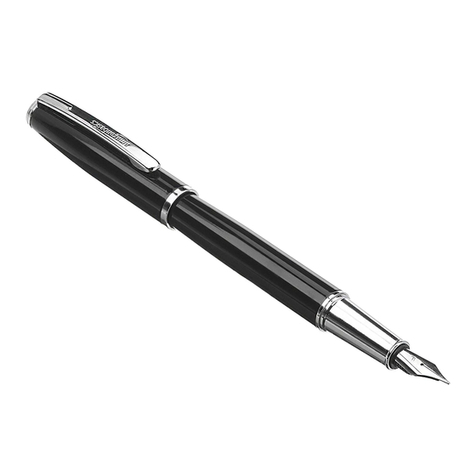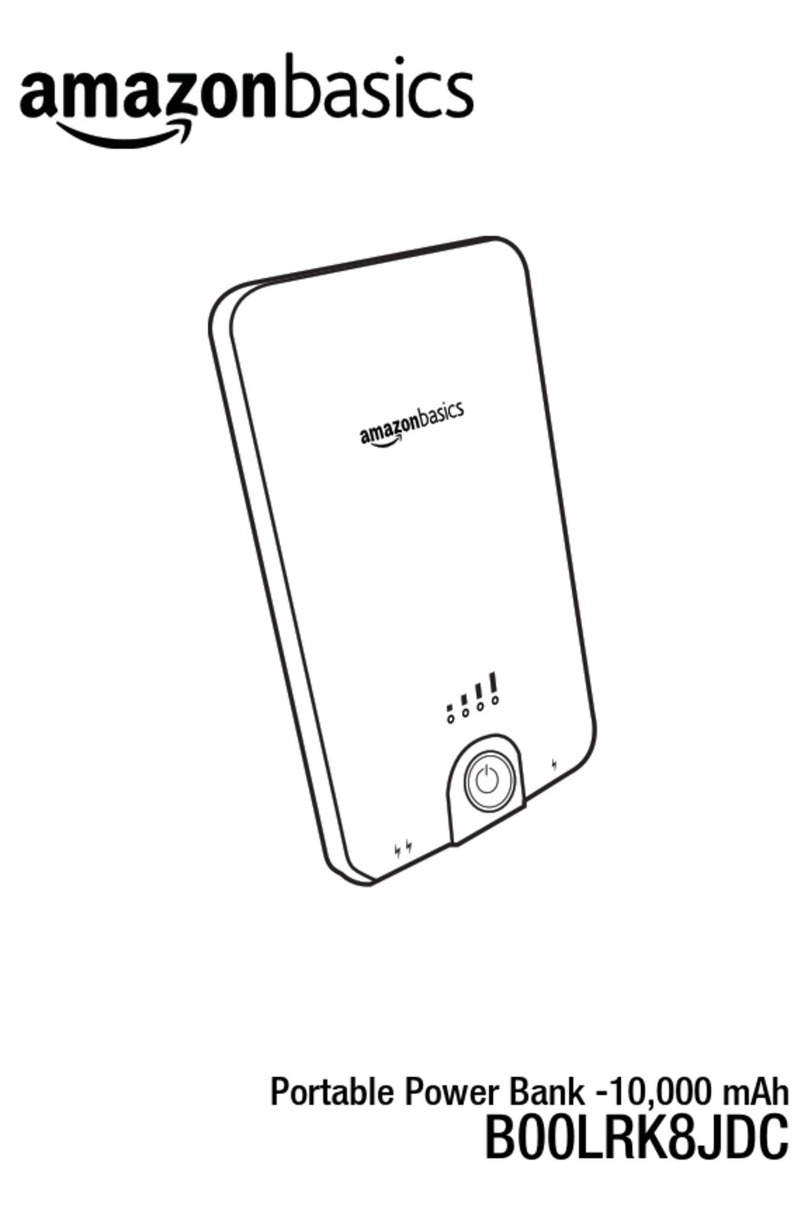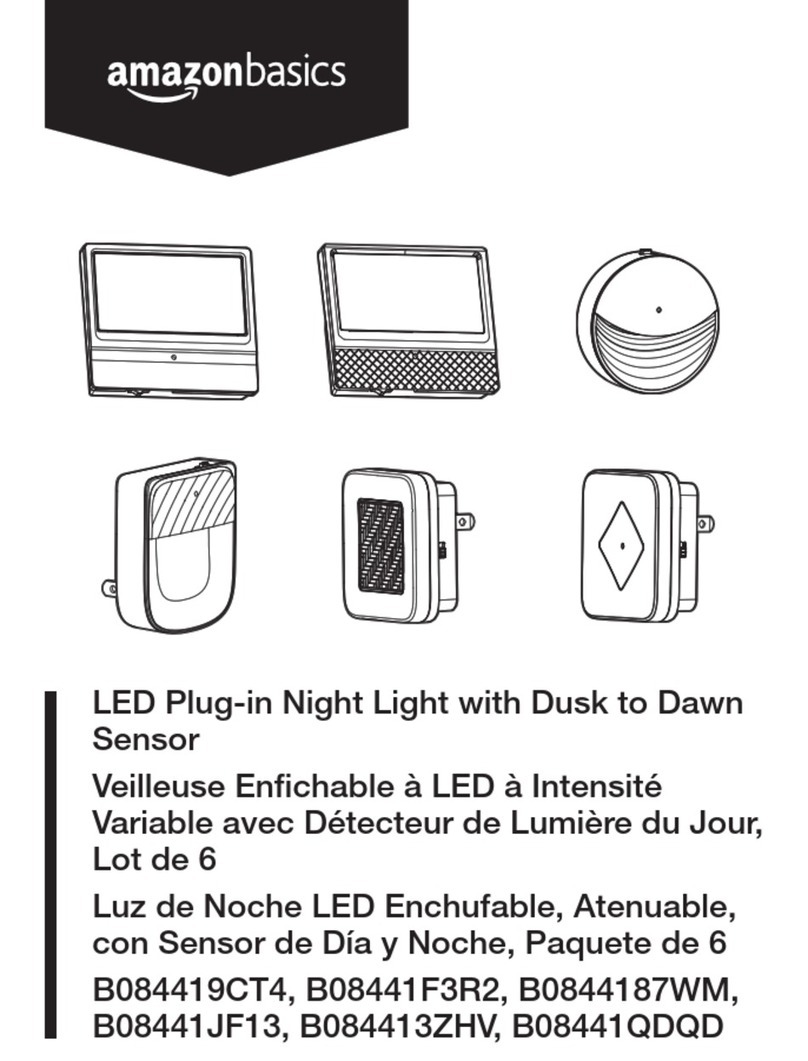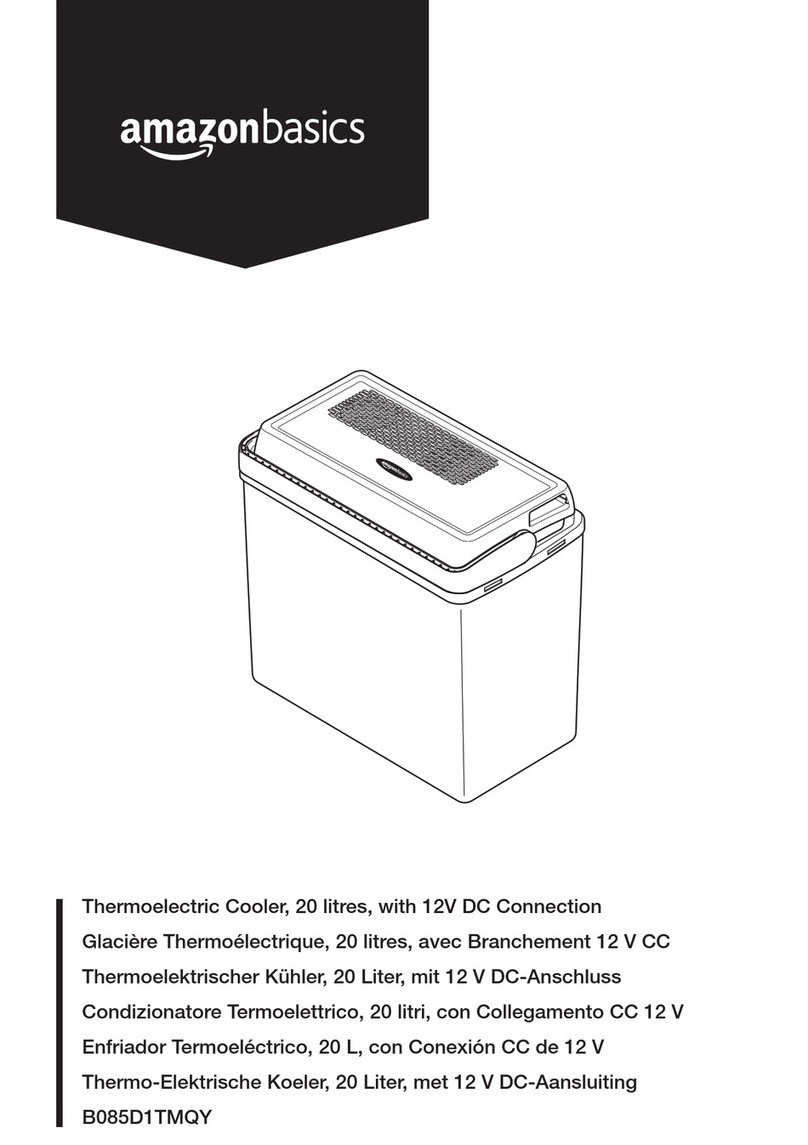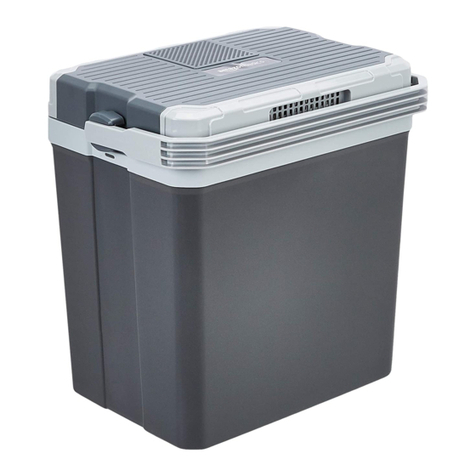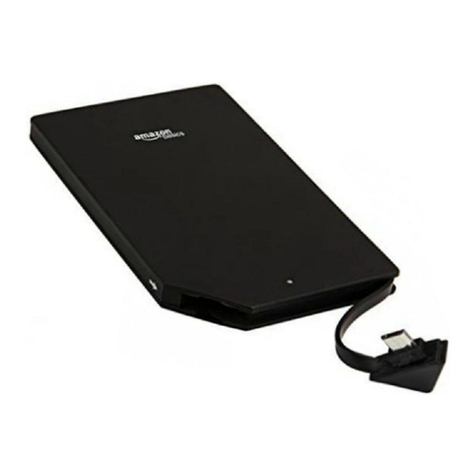
7
Notes:
• We recommend that you use the
charging cable that came with your
device or the micro USB cable that
came with your power bank to charge
your device. Using other cables may
significantly reduce the charging speed
(or prevent you from charging).
• If your device does not charge with a
micro USB port, use the USB cable that
came with your device or buy an
adapter.
• To charge an iPhone or iPad using a
lightning cable:
1.Connect the lightning cable to your
iPhone or iPad first, then plug the
other end of the cable into your
power bank. Charging starts.
2.When charging is complete, unplug
the lightning cable from the power
bank.
3.To charge another device using the
lightning cable, unplug the cable
from your power bank, then plug it
back into to your power bank. Plug
the lightning cable into your iPhone
or iPad within 15 seconds.
